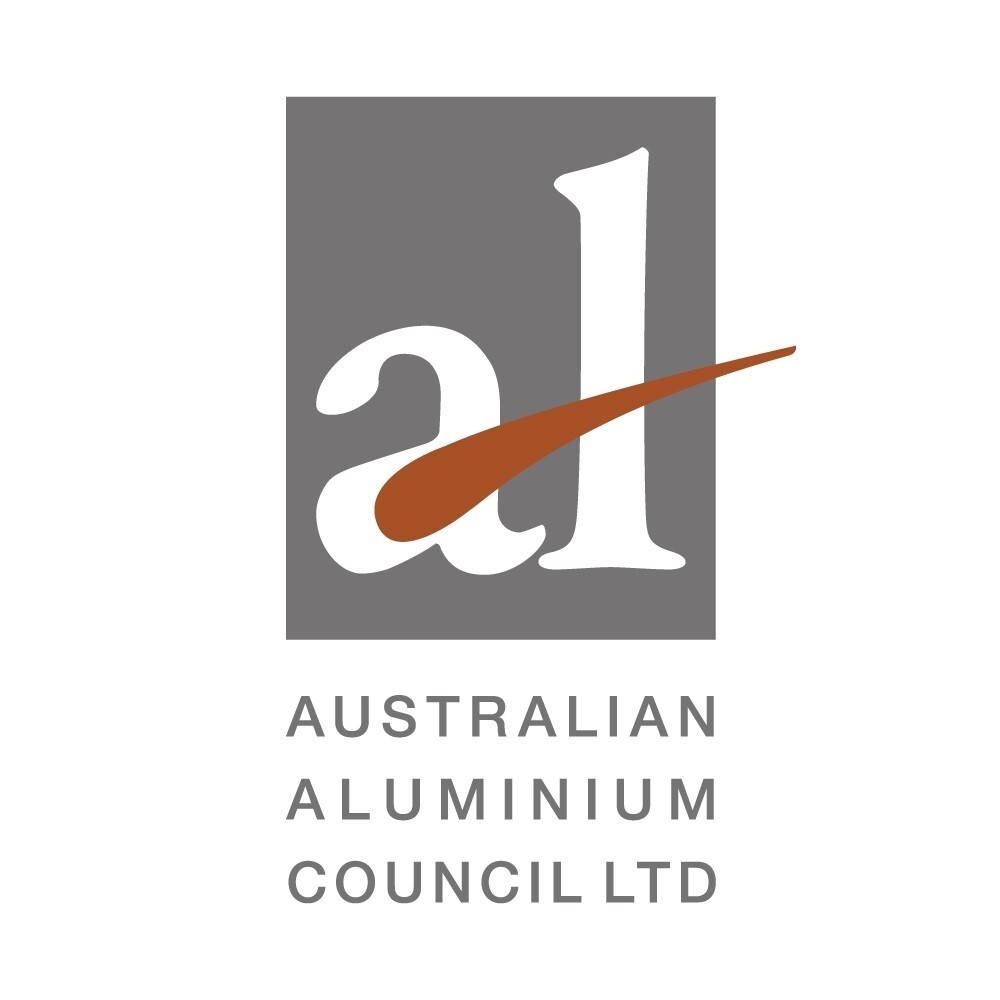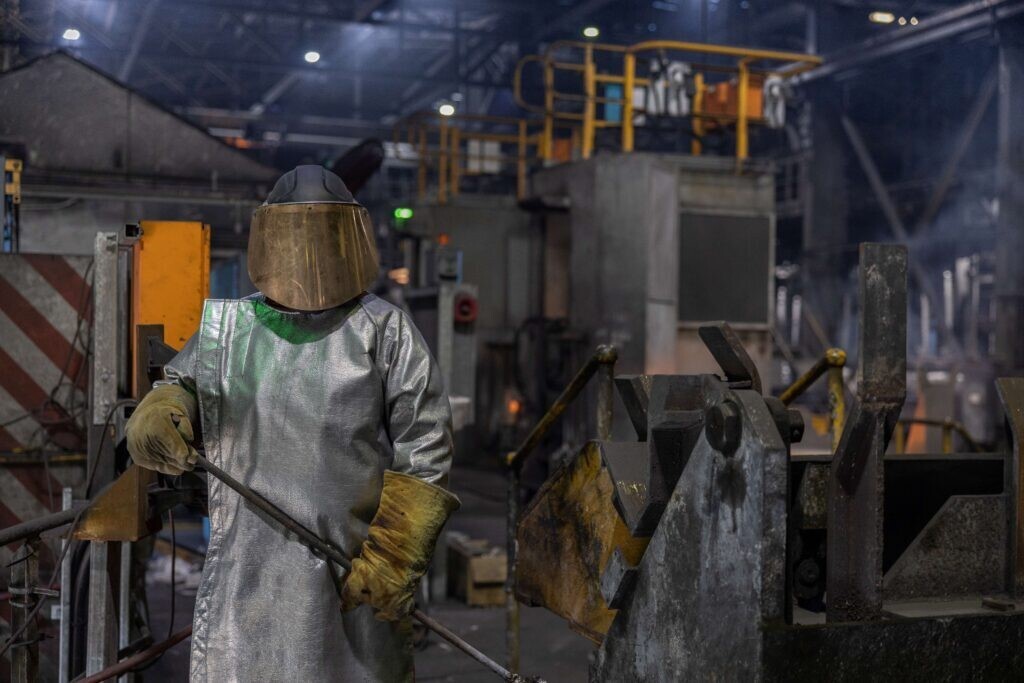

Australia's aluminium industry, with its large and vertically integrated structure, offers promising opportunities to support both the nation and its global trading partners in the energy transition. However, to stay competitive and foster growth, the sector needs access to affordable energy and critical mineral designation to tap into global capital and cut through excessive regulatory hurdles.

Australian Aluminium Industry Report
The Economic Contribution of the Vertically Integrated Australian Aluminium Industry report revealed the industry's heightened vulnerability to supply chain disruptions. In a hypothetical scenario modelled in the report, the closure of a single bauxite mine in Western Australia, employing around 600 people, could result in the loss of 10,000 indirect jobs and a $2.7 billion reduction in GDP.
"Australia is one of the very few countries anywhere in the world with a complete mine-to-market aluminium supply chain. It's a remarkable achievement by generations of Australians, but their legacy is now at risk from disruptions and interruptions caused by the challenges in the energy transition, uncertain environmental approvals, and uneven global competition," said Aluminium Council CEO Marghanita Johnson.
The Australian aluminium industry stands out domestically and globally due to its comprehensive value chain, encompassing everything from bauxite mining and alumina refining to aluminium smelting and extrusion. This integration makes it unique compared to other Australian sectors and international aluminium industries.
Highlights from the report
These measures are essential for the industry to sustain its A$18 billion contribution to the economy and safeguard thousands of regional jobs. New research from the Australian Aluminium Council underscores the industry's substantial economic impact and the benefits of its mine-to-market integration. However, the report also highlights significant vulnerabilities that demand immediate government action.
"Aluminium is vital to Australia's economy and a critical component of green technologies like solar panels, electric vehicles and batteries. Maintaining strong manufacturing capabilities needs to be a domestic priority," Ms Johnson said.
The report underscored the aluminium sector's critical importance, revealing that it supports over 20,700 direct and 55,000 indirect jobs, mainly in regional Australia, with wages 60% higher than the national manufacturing average. The industry's economic significance is clear, contributing more than A$18 billion to the national economy and generating over A$15 billion in annual export revenue.
Australia is a major player in the global aluminium industry, ranking among the top producers of bauxite, with an annual output of over 103 million tonnes, accounting for roughly a quarter of the world's total production. It also holds the position of the second-largest alumina producer globally, exporting around 86 per cent of its output. The industry generates over $15 billion in export revenue each year, with more than $13 billion coming from the alumina and aluminium sectors.

Recommended policy measures
The Economic Contribution of the Vertically Integrated Australian Aluminium Industry report emphasised that Australia could maintain its global leadership in sustainable aluminium production and innovation with sensible, stable policies and strong collaboration between government and industry. The report's recommended policy measures include:
Responses








